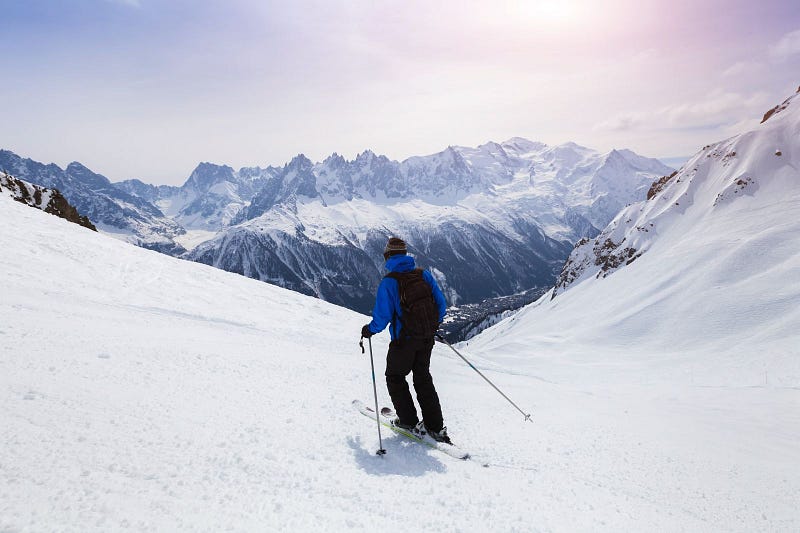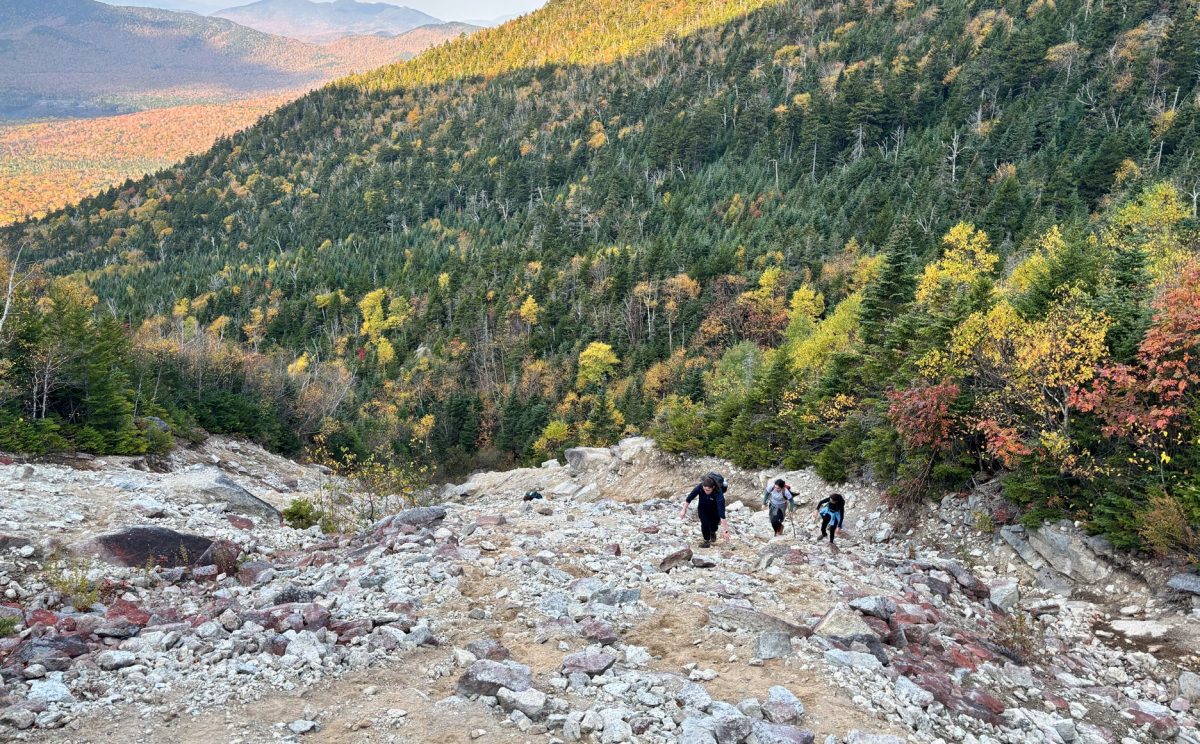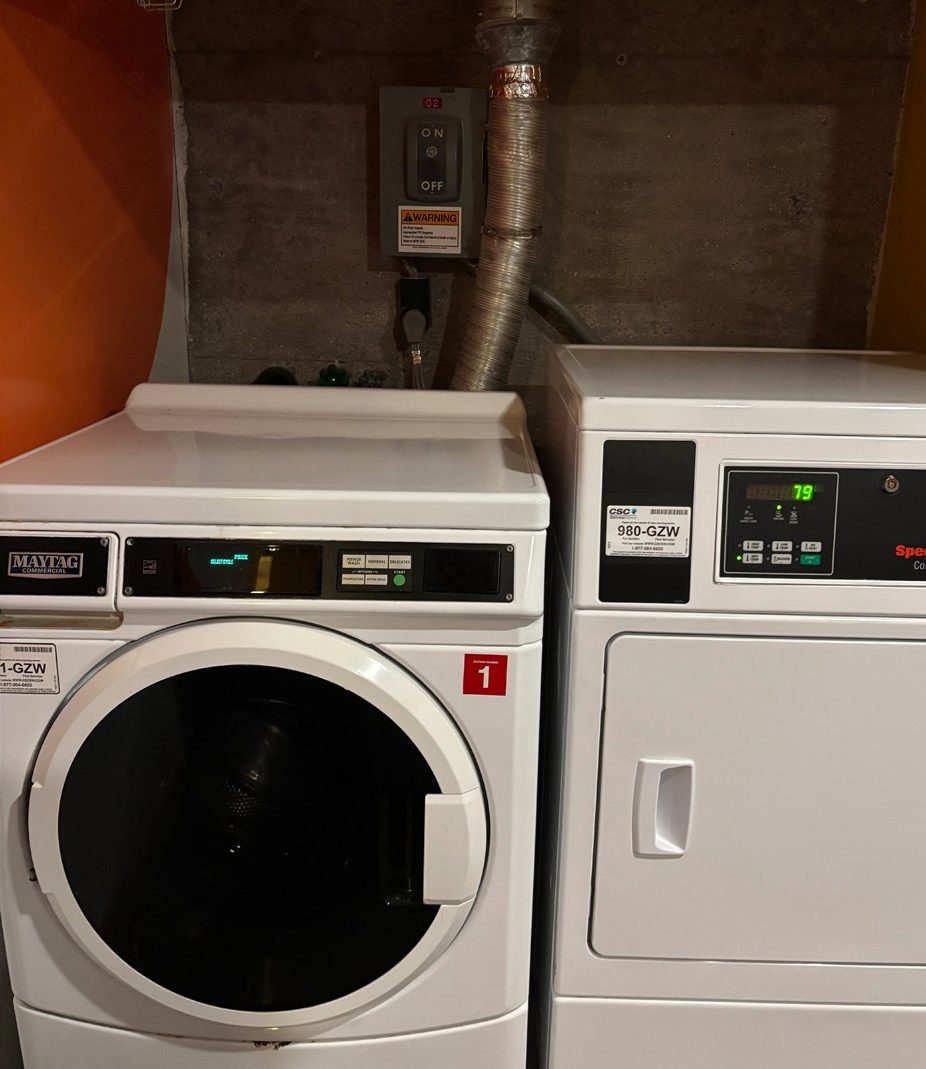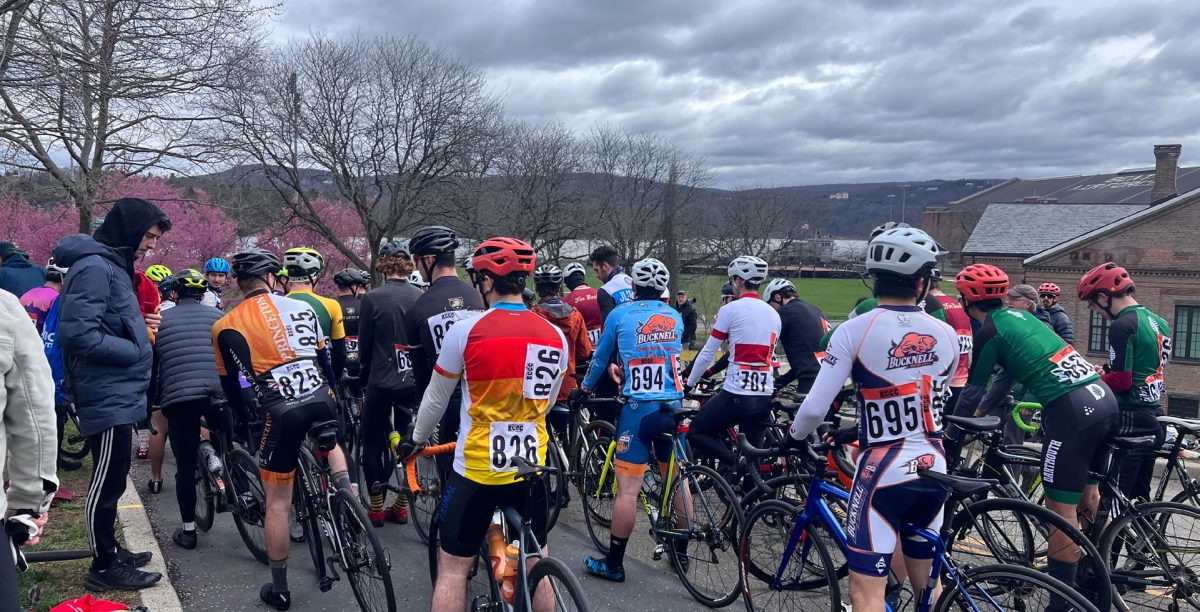
In the days after Christmas and before New Years, I traveled with my family up to Pinkham Notch in New Hampshire. A prominent point of access for Mount Washington’s striking and dramatic ravines, it draws thousands of outdoor enthusiasts to the region every winter to go skiing. We stayed in the Joe Dodge Lodge, a hostel owned and operated by the Appalachian Mountain Club and conveniently located in front of the trailhead up to the ravines, a comfortable four miles from the summit of Mt. Washington. Mt. Washington is the tallest mountain on the Eastern Seaboard at 6,288 ft, and as such, the peak serves as a sail, catching all of the wind that blows east of the Rockies. This wind slams into the peak at speeds up to 231 mph, which is now the second- fastest wind speed ever recorded on earth, and causes temperatures to drop to -36 degrees Fahrenheit. Winters in Mt. Washington are notoriously brutal, leading many first-rate mountaineers to train for ascents on Denali and Everest on the relatively small peak. The soul- crushing cold and gusting wind makes for more realistic practice conditions than the higher, more temperate western mountains.
However, when I hiked the four miles to the top of Mt. Washington with my father and sister, the ambient temperature was a balmy 20 degrees Fahrenheit with a comfortable wind chill of 2 degrees. On the second day of our trip, my mother joined us for some moderate backcountry skiing. Over the course of the day, the snow turned to rain as the temperature rose. According to the staff at Joe Dodge Lodge, the weather had been getting more erratic, with huge snow dumps in mid-autumn and periods of wild temperature fluctuation.
When I packed the car three weeks later to go backcountry skiing and ice climbing in the Adirondack region of upstate New York, I filled my bag with extra coats and pairs of gloves, even packing a stove despite the fact that we were not planning on spending a night out in the wilderness. The first day, we were sweating through our layers and had to strip down continuously. The second day, we ice climbed a route in Chapel Pond Canyon in -7 degree weather. Within a month, I had experienced a massive breadth of weather conditions in two similar regions, and sadly, my experience was not the result of some fluke wind currents.
Outdoor winter recreation is in an uneasy place right now. As weather grows increasingly less predictable due to climate change and increasing greenhouse gas emissions, so does the future of skiing, snowboarding, snow- shoeing, and any other activity that requires consistent cold temperatures to be feasible. A 2012 study published by the National Resources Defense Council and Save Our Winters estimated a $12.2 billion dollar winter tourism industry, a number that has almost certainly risen. Researchers in Colorado recently published a study that analyzed 300,000 years of climate models and came to the conclusion that if greenhouse emissions remain unchecked, ski resorts will lose up to 80 percent of their seasons by 2090. The magnificent glaciers of Glacier National Park in Montana are projected to vanish by 2050. In the 1980s, ice climbing was consistent in Utah from Thanksgiving to Easter. Now the norm has shifted to Christmas through President’s Day. If nothing is done about our deteriorating climate, winters will continue to shorten, snow- falls will be less consistent, ice will not form, and opportunities in the outdoors will diminish.
Hamilton College is located just two hours south of the largest state park in the United States, and one of the premier winter recreation sites in North America. The ice is fat, the skiing is tough and gnarly, the hikes are beautiful and challenging, and the people who stick it out through the winter are some of the kindest and most accommodating tough nuts you will ever meet. We are right on the edge of a pristine wilderness, and have incredible (and free) access to top notch gear and outdoor opportunities through the Hamilton Outing Club. We also have acres upon acres of beautiful glens that are open for snowshoers, winter bikers, cross country skiers, and those who just want a walk to get them through class that afternoon. We also have a brand new, groomed cross country ski course.
As of right now, the winters are still going strong, but to keep them around we need to take steps to decrease our environmental impact. For more information, please reach out to the Hamilton Sustainability Coordinators at [email protected]. For more in-depth reading on the subject, visit
https://www.powder.com/stories/climate-change/climate-change-study-2090/,
https://rockandice.com/snowball/climate-and-climbers/.

























